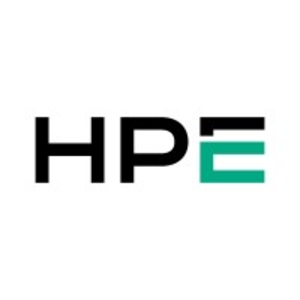I use HPE Primera for mission-critical applications. My company uses the product as a storage solution for our machines. The availability of HPE Primera in our company is critical for us, considering that we operate in an HA environment where we can't have downtime since we need to deal with cheque clearance for banks. The product's interface is simple to use. I am satisfied with the user experience provided by the product. The ease of use of the product's interface has directly had an impact on our company's operations, along with the improvement in the availability and performance of machines. Compared to HPE Primera, I work with a much more reliable storage solution like Dell PowerStore. Compared to HPE Primera, Dell PowerStore's features related to deduplication are very good, and it also offers a physical storage capacity of eight TB, which can be expanded up to forty TB. I would recommend the product to others who plan to use it only after taking into consideration their usage and requirements. From the price and performance point of view, Dell PowerStore is a better choice. I rate the tool a seven out of ten.




